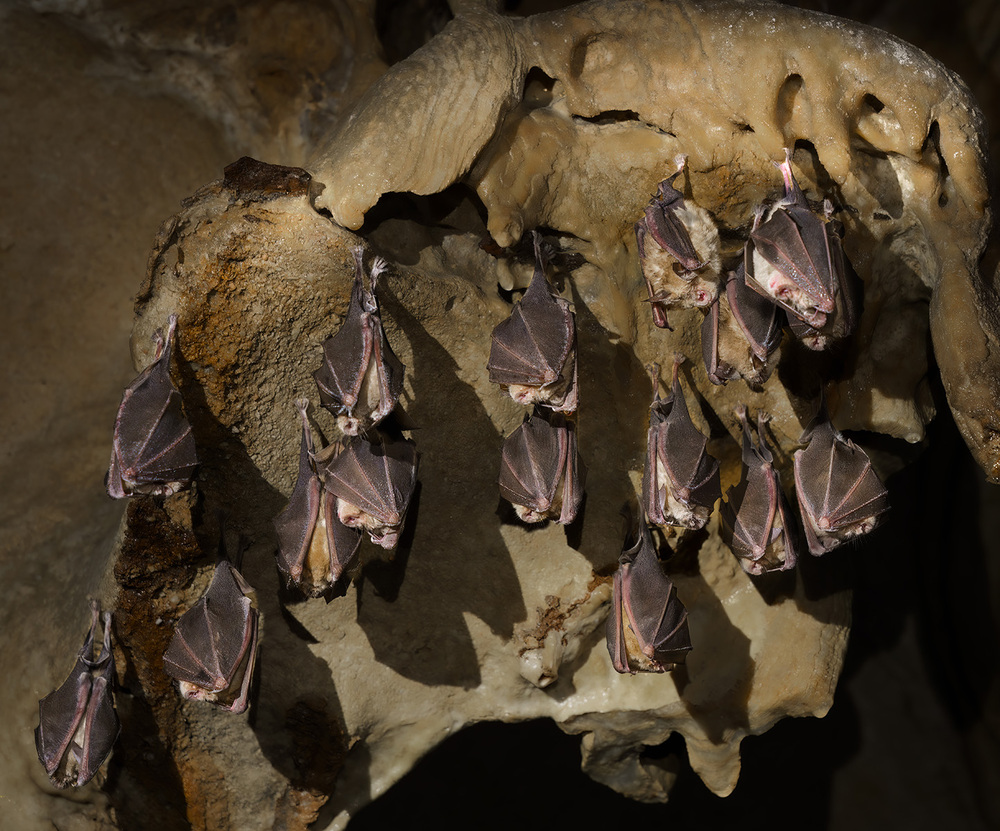site.btaRuse Exhibition Focuses on Myths, Legends and Science of Bats


An exhibition, titled: "International Bat Night at the Museum: from myths and legends to science and personal experience" will open on December 16 (Monday) at the EcoMuseum & Aquarium in Ruse, on the Danube, curator Krasimir Kirov told BTA.
Kirov explained that the Ruse EcoMuseum is one of the first institutions in the country to celebrate International Bat Night, which takes place at the end of August.
"As early as October 3, 2003, the museum was part of the 7th International Bat Night, together with the Bat Research and Conservation Centre at the National Museum of Natural History at the Bulgarian Academy of Sciences and with the expert assistance of Dr. Teodora Ivanova," said Kirov.
The exhibition will present the museum's initiatives dedicated to bats over the past 20 years. They aim to tell little-known facts about flying mammals in an engaging and accessible way for visitors - what they are, how they feed, how they navigate in the dark.
The exhibition will aslo feature fun moments from the workshops, thematic studios, performances, and theater productions held during the various editions.
Kirov also pointed out some myths about bats. "In folk mythology, it is believed that if you use a bat wing, grind it into powder and add it to your food, it acts as an aphrodisiac. Or if you put a bat wing in the clothes of someone you are in love with, they will become attracted to you, like a bat attaches itself to a wall," the museum curator said with a smile. Kirov noted that these are myths and are not true.
He explained that bats are useful for nature, and for people. "Thirty-three of the possible 35 species of bats in Europe are found in Bulgaria. The flying mammals are extremely useful because they feed on insects that cause damage to agriculture. Bats in cities also help in the fight against mosquitoes. One bat can eat up to 1,000 mosquitoes per night," said Kirov.
He explained that the natural habitat of bats is caves. For example, in Orlova Chuka in Ruse, ten species can be found, including the greater and lesser horseshoe bat, Mediterranean horseshoe bat, the Mehely's horseshoe bat, the greater mouse-eared bat, and the lesser mouse-eared bat.
"Many of them are familiar to the audience of the Ruse Museum from the numerous games and workshops in the various editions of International Bat Night," said Kirov.
/DT/
news.modal.header
news.modal.text
